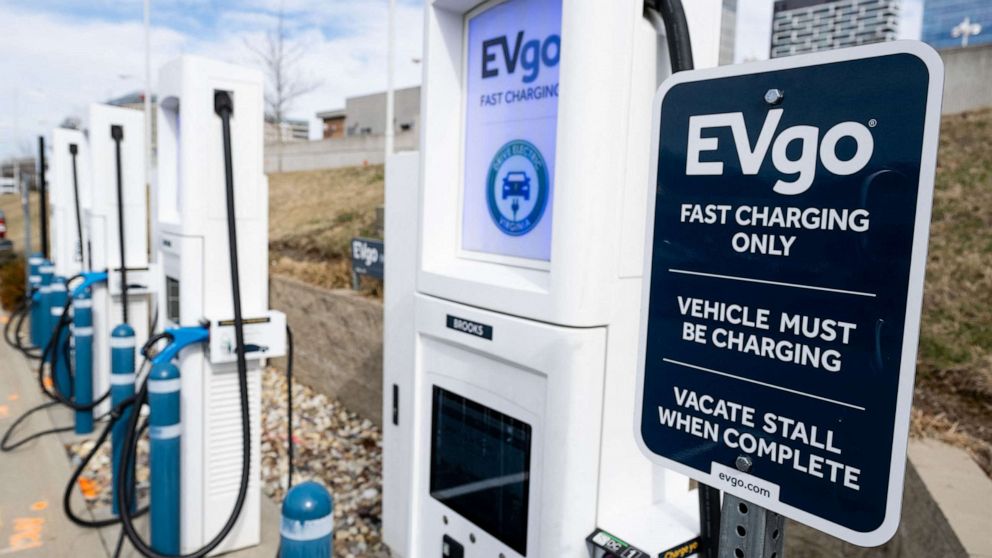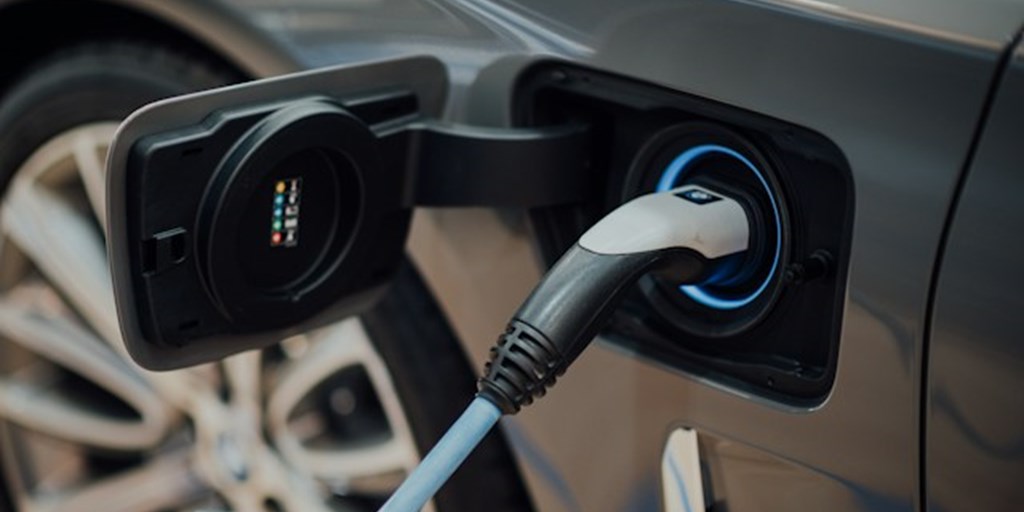Top Reasons Why It’s Essential to Buy EV Charging news Regularly
Top Reasons Why It’s Essential to Buy EV Charging news Regularly
Blog Article
New Dope in EV Charging: How the Sector Is Advancing to Meet Need
As the electric automobile (EV) market continues to broaden, the charging infrastructure is undertaking significant transformations to attend to the rising demand. The ramifications of these advancements increase crucial questions regarding the future of EV billing and its role in the wider power ecosystem.
Growth of Charging Infrastructure
The quick expansion of electric automobile (EV) charging framework is a vital component in promoting the extensive fostering of electric movement. As governments, personal firms, and consumers increasingly recognize the relevance of minimizing carbon discharges, financial investments in billing networks have actually risen. This framework development is necessary to reduce range anxiousness, making sure that EV individuals have hassle-free access to charging terminals.
Significant innovations in charging station technology and release approaches have arised. Urban locations are seeing an expansion of public billing stations, while country regions are gradually being incorporated right into the billing network. Furthermore, partnerships between automotive manufacturers and billing companies are ending up being a lot more typical, assisting in the establishment of extensive networks that enhance customer experience and access.
In addition, the assimilation of eco-friendly power sources into billing stations is gaining energy, advertising sustainability in the EV environment. This change not just supports ecological goals however also straightens with the increasing need for eco-friendly power options among consumers.
Ultra-Fast Charging Technologies
Ultra-fast billing technologies represent a significant jump onward in the EV billing landscape, making it possible for electric vehicles to charge in a portion of the time contrasted to conventional billing methods. These technologies normally deliver power levels going beyond 150 kW, with some systems reaching up to 350 kW or more, significantly lowering charging times to as low as 15-30 mins for a substantial cost.
Key allowing modern technologies include improvements in battery chemistry, power electronic devices, and thermal management systems. As an example, high-capacity batteries with enhanced thermal security permit faster billing without overheating. In addition, developments accountable facilities, such as liquid-cooled wires and modular charging stations, assist in reliable power transfer, boosting the total user experience
Major automobile makers and modern technology companies are actively purchasing ultra-fast charging networks, recognizing the important role they play in getting rid of array anxiousness and speeding up the adoption of electrical vehicles. As these technologies come to be more commonly readily available, the EV market is anticipated to witness considerable growth, making electric movement a more attractive option for customers. On the whole, ultra-fast billing modern technologies are essential in forming the future of sustainable transportation, leading the means for a much more substantial and effective billing ecological community.
Smart Grid Assimilation
Via demand reaction strategies, clever grid systems official source can adjust charging schedules based on grid conditions and electricity pricing. For example, during periods of high need, billing can be postponed to off-peak hours, causing reduced prices for customers and minimized strain on the grid. Furthermore, vehicle-to-grid (V2G) innovations allow EVs to discharge power back right into the grid, offering ancillary services and boosting grid stability.
Combination with renewable resource resources additionally increases the sustainability of EV charging. By aligning billing tasks with durations of high solar or wind generation, clever grids advertise a greener billing framework. Eventually, clever grid assimilation not just supports the growing demand for EVs yet also adds to an extra resilient and lasting power future, placing the sector for long-term success.
Battery Innovations
Among the fast evolution of electrical cars (EVs), battery innovations stand at the center, driving developments in effectiveness, sustainability, and performance. As the demand for EVs surges, scientists and makers are concentrating on improving battery technologies to deal with obstacles such as range anxiousness and billing times.
Lithium-ion batteries continue to be the most widely utilized modern technology, yet brand-new products and chemistries are arising to improve energy density and durability. Solid-state batteries, for circumstances, assure better power storage space capacity and enhanced security by changing liquid electrolytes with solid ones. This shift can significantly reduce the risk of fire and enhance the life expectancy of batteries.
In addition, advancements in battery recycling processes are vital for sustainability. Firms my review here are creating approaches to recoup beneficial products like lithium, cobalt, and nickel from utilized batteries, promoting a circular economy and decreasing environmental impact.

Global Charging Criteria

Initiatives are underway to develop global charging standards that assist in compatibility amongst numerous EV versions and billing terminals. Organizations such as the International Electrotechnical Commission (IEC) and the Society of Automotive Engineers (SAE) are functioning collaboratively with vehicle suppliers and power companies to produce detailed standards. EV Charging news. These criteria purpose to simplify the billing process, reduce the need for multiple adapters, and enhance user experience
Additionally, standardization can substantially bolster the expansion of the charging network, as it encourages investment by making infrastructure development more predictable and efficient. As the EV market matures, a unified approach to billing criteria will certainly be essential for ensuring that customers can bill their lorries comfortably and accurately, consequently sustaining the broader transition to lasting transportation.
Conclusion
The electrical vehicle charging sector is undergoing substantial improvement to address the surging need for sustainable transportation. Innovations in charging facilities, ultra-fast technologies, wise grid assimilation, and innovative battery options are pivotal in improving customer experience and functional performance.
Urban areas are seeing a proliferation of public charging stations, while country regions are gradually being incorporated right into the charging network. Furthermore, advancements in billing infrastructure, such as liquid-cooled cable televisions and modular billing terminals, facilitate efficient power transfer, enhancing the general customer experience.
On the whole, ultra-fast billing innovations are essential in forming the future of lasting transport, leading the means for a more reliable and extensive charging community. - EV Charging news
By lining up charging activities with periods of high solar or wind generation, clever grids advertise a greener billing framework.Initiatives are underway to develop worldwide billing requirements that assist in compatibility among different EV designs and charging stations.
Report this page